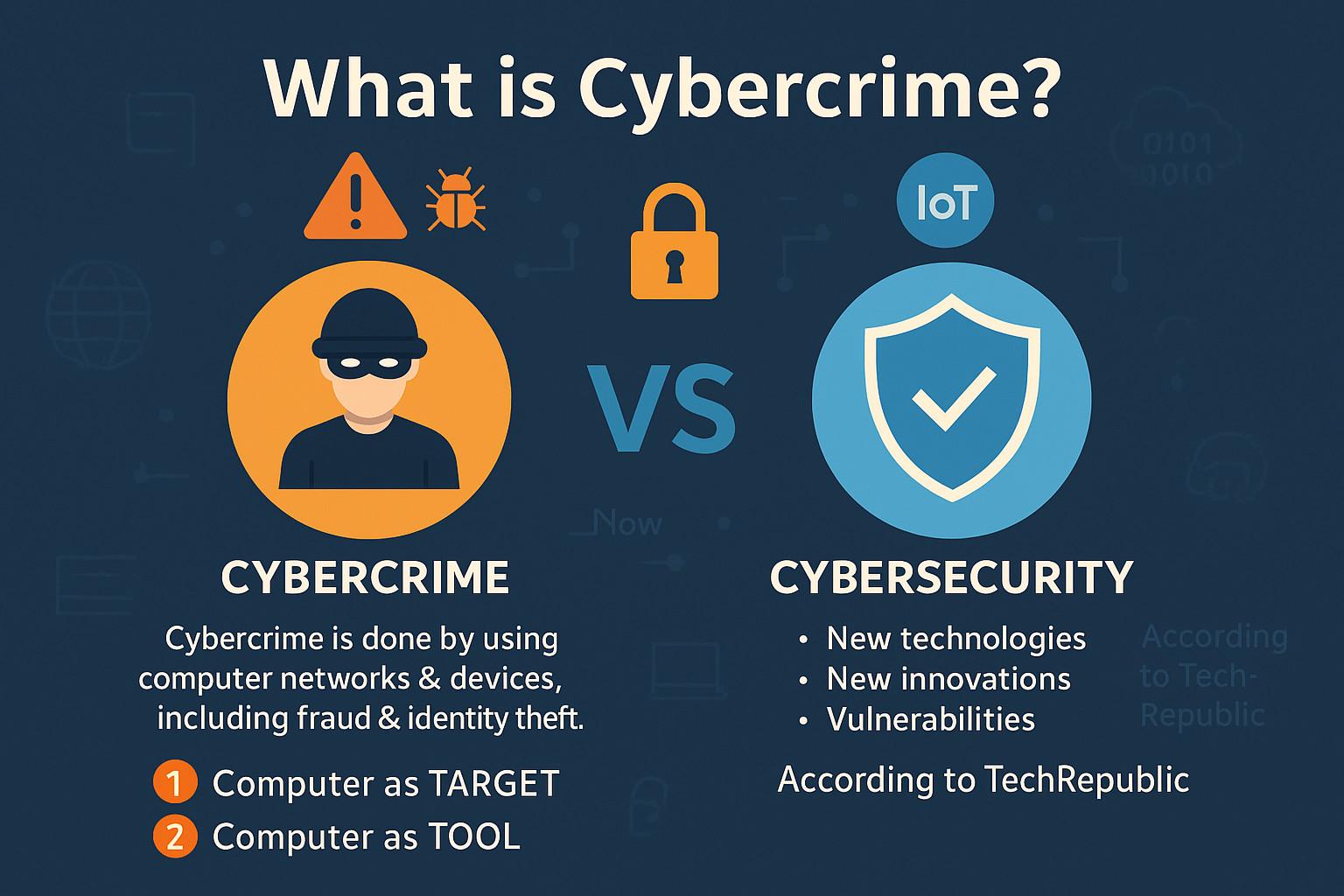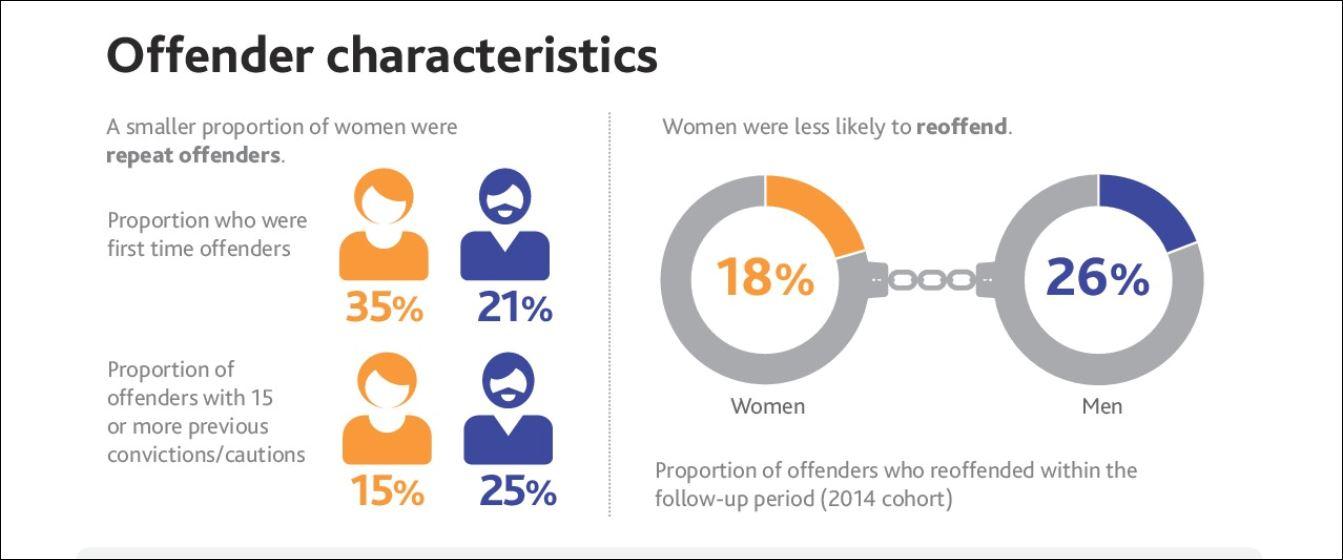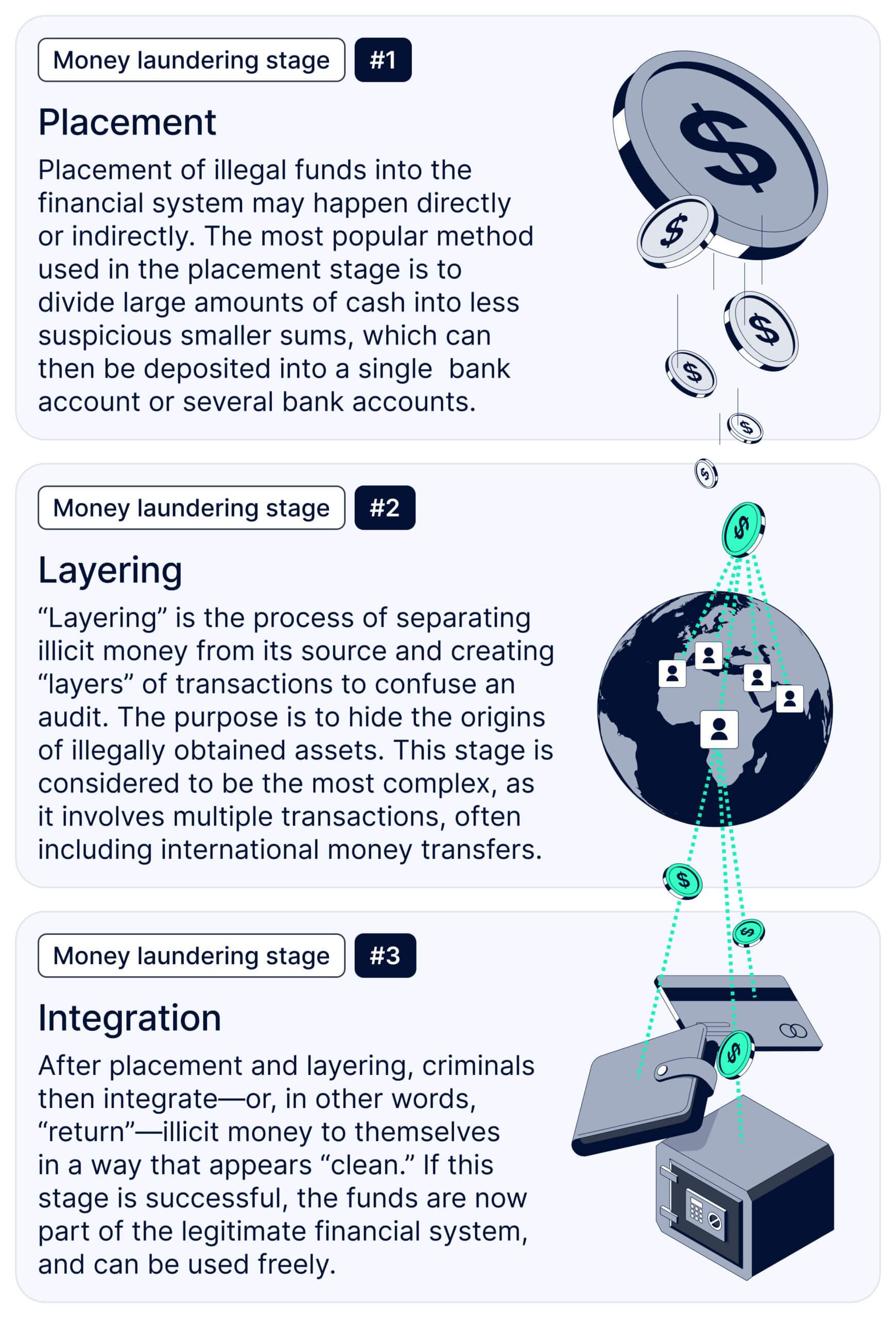Have you ever wondered how the places we live, work, and play influence the chances of crime happening around us? Environmental criminology dives into this fascinating question by exploring the relationship between our physical surroundings and criminal behavior. But here’s the intriguing twist: could the very design and use of space actually stop crime before it happens? In this article, we’ll take a curious journey into environmental criminology to uncover how thoughtful space planning, architecture, and urban design might hold the key to safer communities. Let’s explore how shaping our environment could be one of the smartest strategies in crime prevention.
Table of Contents
- What is Environmental Criminology and Why Does Space Matter
- How Urban Design Shapes Criminal Behavior in Our Communities
- Unlocking the Power of Surveillance and Natural Observation
- Smart Spaces and Technology Driven Crime Prevention Strategies
- In Retrospect
What is Environmental Criminology and Why Does Space Matter
At its core, environmental criminology explores the fascinating relationship between crime and the physical places where it occurs. Unlike traditional criminology that often focuses on the offender or victim, this perspective zeroes in on how environments shape criminal behavior. It emphasizes that crime is not just about personal motives but also about opportunity-created or eliminated by the design and use of space. Imagine a dark, unmonitored alley versus a busy, well-lit street; the likelihood of a crime varies significantly between these environments. This approach helps urban planners, law enforcement, and communities rethink spaces as either catalysts or deterrents to crime.
Why does space matter so much? Because the physical configuration determines how people interact, move, and perceive safety. Environmental criminologists look at patterns such as:
- Natural surveillance – the ability of people to observe their surroundings, deterring offenders from acting.
- Access control – limiting entry points to restrict movement and opportunities for illegal acts.
- Territoriality – creating a sense of ownership and care that discourages outsiders from committing crimes.
By dissecting how these spatial elements operate, it’s clear that space doesn’t just hold crime; it actively influences it-sometimes acting as a silent guardian and other times as an unwitting accomplice.
How Urban Design Shapes Criminal Behavior in Our Communities
Imagine walking through a neighborhood where every street corner is visible, pathways are well-lit, and public spaces encourage community interaction. Such intentional design does more than boost aesthetics-it fundamentally reduces opportunities for crime. The theory of natural surveillance highlights how physical environments can either invite or deter wrongdoing. When spaces are designed to maximize visibility, potential offenders feel exposed, decreasing their likelihood to engage in criminal activity. Additionally, clearly defined boundaries and controlled access points can foster a sense of ownership and responsibility among residents and business owners alike.
Beyond visibility, the layout and land use contribute significantly to behavioral patterns. Mixed-use developments that blend residential, commercial, and recreational areas promote constant foot traffic-creating what criminologists call “eyes on the street.” This lively presence naturally deters crime through informal social control. Conversely, poorly maintained or isolated areas often become hotspots for illicit behavior. Key urban design elements influencing crime include:
- Lighting: Well-lit streets and parks reduce concealment.
- Visibility: Open sight lines discourage hiding spots.
- Accessibility: Limiting easy escape routes through thoughtful barriers.
- Activity Support: Encouraging legitimate use of spaces at various times.
Unlocking the Power of Surveillance and Natural Observation
In the realm of environmental criminology, the art of watching without being intrusive reveals remarkable truths about human behavior. Surveillance and natural observation aren’t just tools for catching criminals-they’re a window into the subtle ways space influences crime dynamics. When we strategically design and monitor environments, we begin to see patterns emerge: which areas invite safety and which unwittingly harbor risk. This real-time intelligence empowers communities and law enforcement alike, turning passive settings into active guardians.
Key elements that enhance natural surveillance include:
- Maximized visibility through thoughtful urban design
- Encouraging legitimate use of space by residents and businesses
- Reducing hidden corners, blind spots, and secluded areas
- Incorporating natural barriers that still maintain clear sightlines
By weaving these principles into the fabric of our neighborhoods, the environment itself becomes a silent sentinel, discouraging unwanted behavior simply through visibility and human presence. This approach challenges us to rethink surveillance, shifting from technology-dependent monitoring to a more organic, space-oriented prevention strategy.
Smart Spaces and Technology Driven Crime Prevention Strategies
The rise of smart spaces is revolutionizing how we think about crime prevention. These environments, embedded with sensors, IoT devices, and real-time data analytics, create a dynamic landscape where technology acts as a silent guardian. From adaptive lighting that adjusts to pedestrian flow to AI-powered surveillance systems capable of predicting suspicious behavior, these spaces transform passive urban environments into responsive ecosystems. Such innovations blur the lines between physical space and digital oversight, making it harder for criminal activities to find a foothold. Imagine a park where sound, light, and motion sensors automatically coordinate to deter loitering or vandalism-this is no longer science fiction but an emerging reality.
At the core of these strategies lies a blend of environmental design principles and cutting-edge technology that enhances natural surveillance and manages social behavior. The integration often includes:
- Smart street lighting that increases visibility only when needed, reducing energy waste and enhancing safety.
- Predictive policing algorithms feeding off environmental data to allocate law enforcement resources efficiently.
- Community alert systems tied into local networks, fostering collective vigilance.
These approaches cultivate an environment where crime is not merely reacted to but proactively discouraged, raising fascinating questions about privacy, ethics, and the future role of technology in public spaces. Could these smart environments ultimately reshape the social contract between individuals and communities? The implications are vast and worth exploring.
In Retrospect
As we continue to unravel the complex relationship between our surroundings and criminal behavior, environmental criminology offers a fascinating lens through which to view crime prevention. Could the design of our spaces-whether urban streets, public parks, or even virtual environments-hold the key to making communities safer? While no single solution can eradicate crime altogether, exploring how space influences actions opens up new possibilities for innovative strategies. So next time you walk down a well-lit, thoughtfully planned street, take a moment to appreciate how much the environment might be working silently to keep you safe. The journey of understanding and shaping our spaces is far from over, and who knows what insights tomorrow’s research will unveil? Stay curious, and keep watching the spaces around you-they might just be the unsung heroes in the fight against crime.










